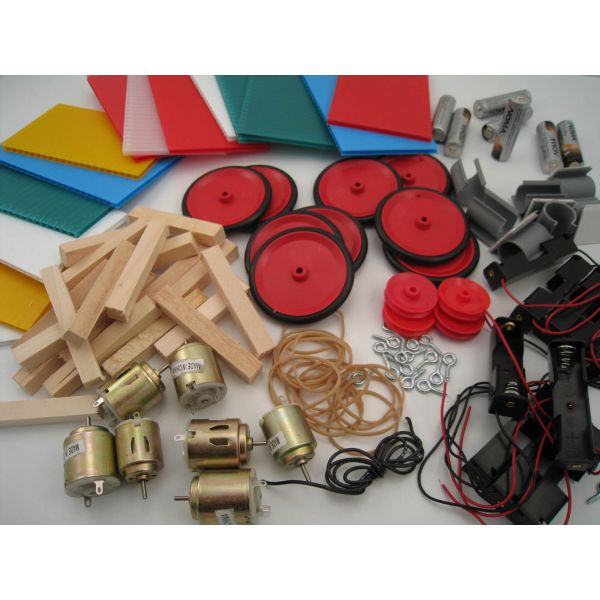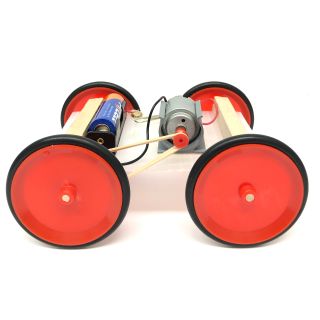All Categories
Electric Car - 24 Student Class Pack Cat# 80-5433-00
In stock
SKU
80-5433-00
CA$285.00
Quick Overview
Electric Car - 24 Student Class Pack
Cat# 80-5433-00
Electric Car – 24 Student Class Pack — Powered Learning in Every Kit
Price: CA$285.00 for 24 student kits (battery included)
Bring STEM to Life
Transform your classroom into an exciting hub of discovery where students build and race their very own electric cars. Each student gets a complete kit—including motor, chassis, wheels, and battery—making hands-on learning about motion, electricity, and forces both easy and unforgettable!
Why Teachers Love It
1. Hands-On Exploration of Key Concepts
Students build a working electric vehicle themselves—perfect for grasping the interconnections between motion, electric circuits, and physical forces.
Ideal for introducing lessons on energy conversion (electrical to kinetic), components like switches and motors, and exploring mechanical motion.
2. Supports Canadian STEM & Science Curriculum
Aligns with Ontario and other provincial science standards focusing on energy systems, force and motion, and simple machines.
Excellent for meeting the curriculum expectations in grades 4–7 (e.g., Ontario’s Science and Technology strands like Forces Acting on Structures and Mechanisms, and Understanding Energy and Its Uses).
3. Ready for Classroom Use
Value-packed class-size bundle: everything teachers need for 24 students—no scrambling for supplies.
Battery included, so you're all set to jump into building and learning—no prep required kidder.ca.
4. Inquiry-Based Learning
Fosters critical thinking: students hypothesize, build, test, and iterate to improve car speed or stability.
Promotes teamwork: pair students for collaborative problem-solving and peer-to-peer learning.
5. Great for Interdisciplinary Integration
Math: Measure distance, time, speed; chart and compare results.
Language Arts: Compile design journals or write persuasive reflections on design choices.
Coding & Robotics Extension: Although the core kit is mechanical, it pairs nicely with coding tools—imagine students adding sensors or programming controls later on.
Classroom Implementation Ideas
| Activity Scenario | Teaching Focus |
|---|---|
| Race Day Challenge | Students modify their cars to see which travels fastest, analyzing variables like weight and wiring. |
| Distance Sprint | Who can design for the longest travel distance? Introduces concepts of friction, surface types, and gearing. |
| Design & Reflect | Students document their process—draw schematics, write hypotheses, reflect on outcomes. |
| Group Builds | Divide into teams: builder, tester, data keeper—encourages role-based collaboration and responsibility. |




